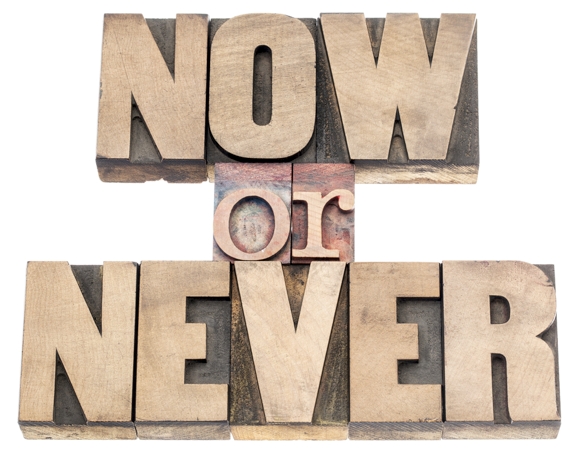An interview with Stanford University professor John Perry on NPR last year caught my ear (one of those “driveway moments” when you can’t leave your car until the story is over). Perry talked about his book “The Art of Procrastination,” in which he offers self-management tricks to overcoming—in fact, taking advantage of—your procrastinating tendencies. He may well have been speaking directly to me, the girl who waited until the night before to start a term paper in college, and who still has trouble getting started on projects.
I purchased “The Art of Procrastination” … and finally got around to reading it months later. It made such an impression that I pitched a feature story on Perry and procrastination to HOW magazine. I wanted to explore how we creative types put off work, and how we can break our slow-start habits. As it happened, the article turned out to be the cover story in HOW’s Creativity Issue.
In “The Art of Procrastination,” Perry writes:
“The key idea is that procrastinating does not mean doing absolutely nothing. Procrastinators seldom do absolutely nothing; they do marginally useful things, like gardening or sharpening pencils or making a diagram of how they will reorganize their files when they get around to it. Why does the procrastinator do these things? Because they are a way of not doing something more important. If all the procrastinator had left to do was to sharpen some pencils, no force on earth could get him do it. However, the procrastinator can be motivated to do difficult, timely and important tasks, as long as these tasks are a way of not doing something more important.”
In an interview for the HOW story, Perry told me that the essence of beating your procrastination problem lies in acknowledging your tendencies and creating a working environment where you can overcome them. “It’s an individual thing—but take it seriously. Figure out what puts you in a working mood and put yourself in situations so that you can work productively.”
Are you a hard-core procrastinator? Here are my favorite bits of advice from experts I interviewed for the article:
Set a series of incremental tasks. If your project is to, say, write a feature story for HOW magazine, then in addition to THAT task, add all the other tasks surrounding it. Research. Interviewing X, Y and Z. Reading. Brainstorming. When you tackle this work “around” the work, you’ll make significant progress, so that when you actually sit down to the real task, you’ll be miles ahead.
Start slowly. Psychologist and creativity coach Mark McGuinness says, “Tell yourself, ‘I’m not going to start painting; I’m just going to get out the easel.’” As a writer, I open a Pages document, then name the file, then choose a font, then add my customary header info. Before I start writing, I’ll copy into the document relevant research, notes, juicy quotes, links and the like … and before I’m aware of doing the work, I’ve created the bones of the story.
Let go of perfection. Wow, this is hard. As creative pros, we expect our work to speak for us, to represent us, to be us out in the world. Anything less than perfect feels unacceptable. But here’s the thing: The world doesn’t need—or even want—perfect. The world—and our clients, and their customers and, more important, our mental and financial well-being—needs our best work, not our perfect work. When you overwork a project to perfection, you overspend the time and budget you’ve allocated. As a creative pro, overdelivery is a sure route to burnout and cash-flow problems.
Repeat after me: Good is great.
Worth Reading
Procrastination isn’t the only self-inflicted roadblock we creative types deal with. In researching the HOW story, I identified several others, including self-doubt and self-criticism. Read my supplemental article, How to Overcome Self-Criticism and Lack of Motivation.
